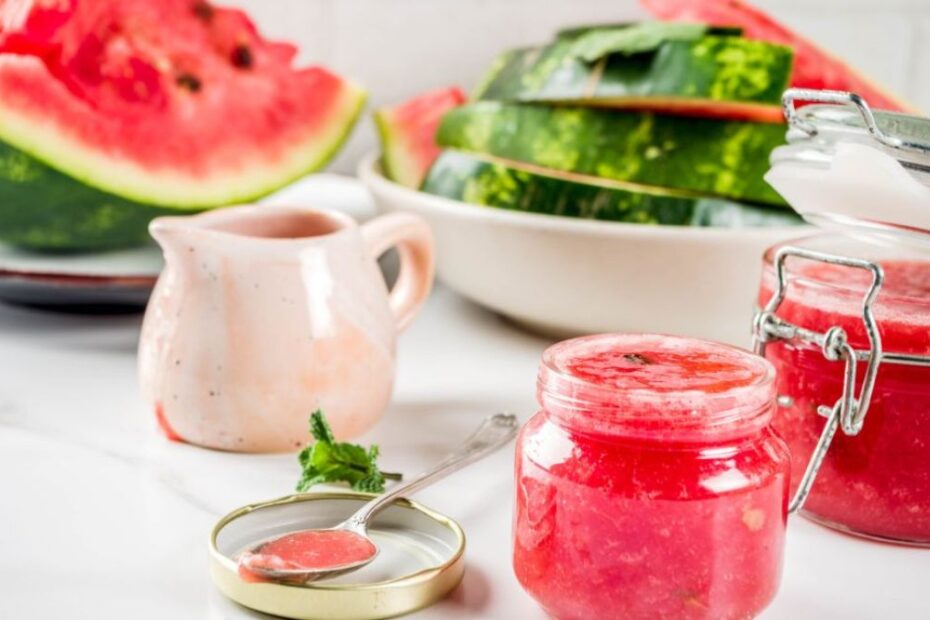Spreads
Spreads, often humble but integral elements of the gastronomic world, are a staple of many cuisines and dining traditions. These diverse and versatile spreads, which boast a wide range of flavours, textures and uses, are the epitome of culinary creativity and comfort. From traditional butters and jams, to savoury hummus and tapenades, to sophisticated pates and spreadable cheeses, spreads are an essential element that can enhance any meal in a simple and elegant way.
Spreads take many forms and functions in different cuisines around the world. In some cultures they are considered an essential part of breakfast and snacks, in others they are an important accompaniment to main dishes or as an essential part of appetizers and snacks at social gatherings. Their versatility allows spreads to be used in a variety of contexts – from a quick and simple snack to a sophisticated addition to festive meals.
One of the greatest advantages of spreads is their ease of preparation and the possibility of using a wide range of ingredients. They can be made from almost any type of food, including vegetables, fruits, nuts, legumes, meats and dairy products. This flexibility allows chefs and home cooks to experiment with different combinations and create unique and delicious spreads that can serve as the perfect accompaniment to a variety of baked goods, crackers, or other dishes.
Spreads also mirror cultural preferences and dietary trends. Recent years have seen a shift towards healthier and more sustainable options such as avocado spreads, different types of hummus or plant-based cheese spreads. This trend reflects a growing interest in healthy eating and sustainability in food choices.
In addition to their gastronomic and nutritional value, spreads also play an important role in social and family life. They are an ideal way to share a meal with friends and family, providing simple but tasty options for everyday gatherings, celebrations or informal get-togethers.
Spreads are therefore more than just an addition to a meal; they are versatile and essential elements in the kitchen, offering countless opportunities for culinary creation and innovation. They are a bridge between simplicity and complexity, between tradition and modern trends, between personal taste and cultural heritage.
